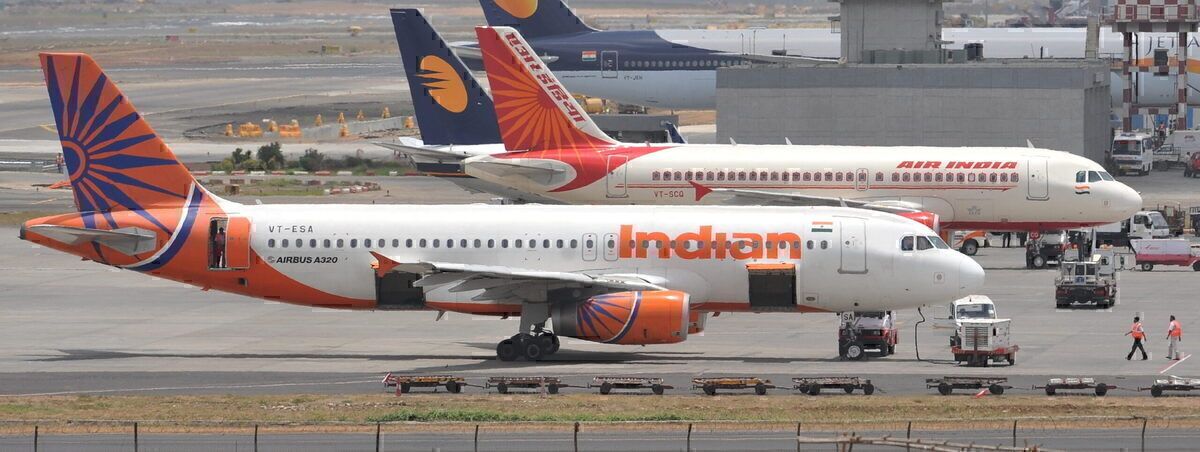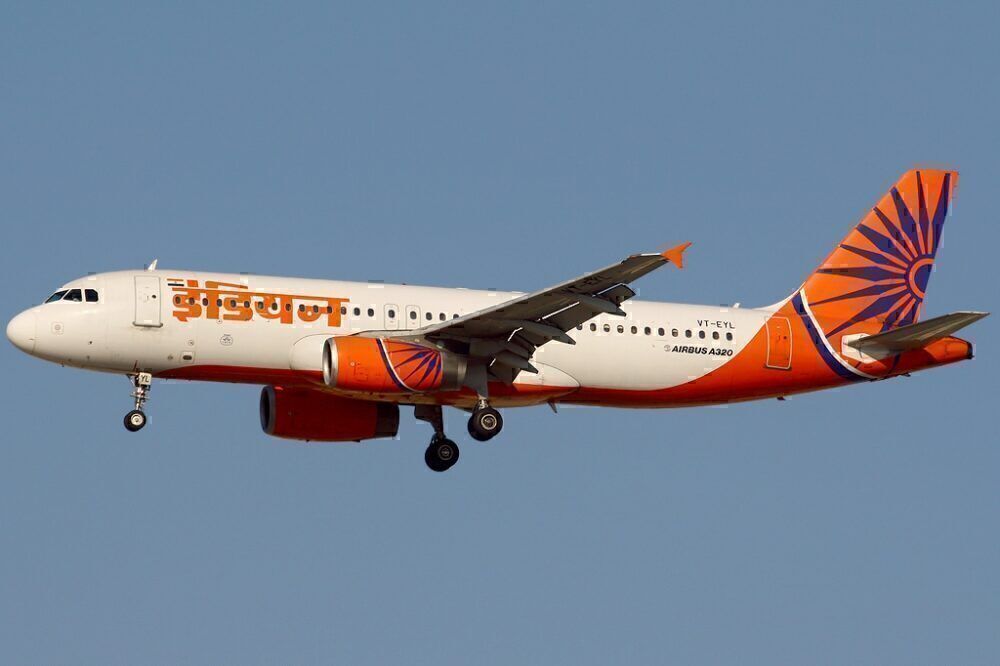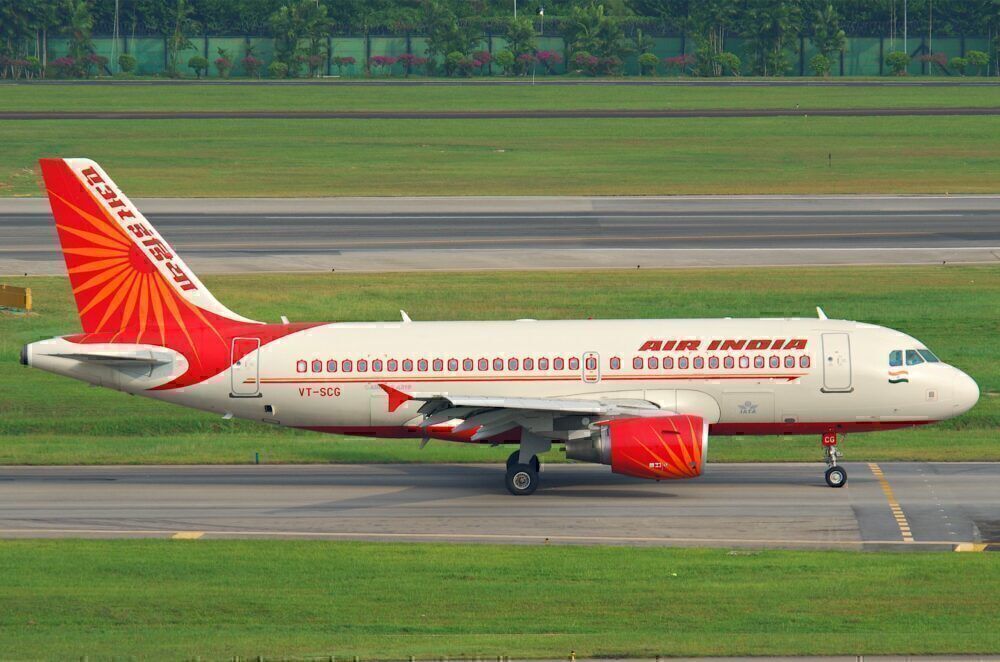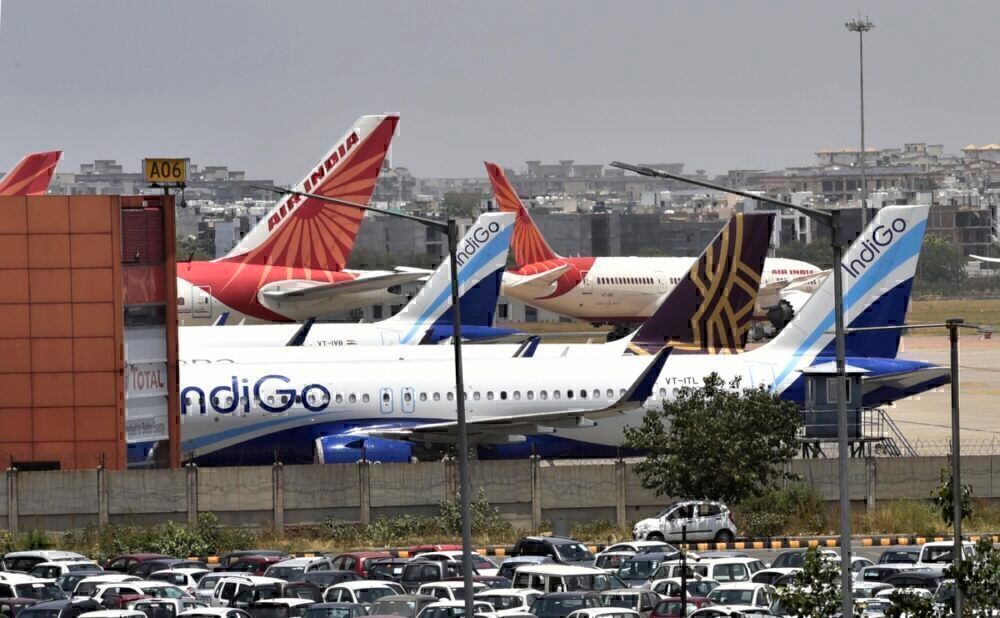Once a common sight at airports, Indian Airlines gradually disappeared in the last decade. The state-owned carrier was once a major domestic and medium-haul international carrier, one of the biggest in India. Let's find out more about what happened to Indian Airlines.
Domestic focus
Founded in 1953, Indian Airlines was one of two state-owned airlines in India, with the other being Air India. While the latter focused on international routes, Indian focused on domestic and regional routes. The set-up has been compared to the UK's at the time, which was home to BOAC and BEA (the airline's fate ended up being similar too).
The airline operated an all-Airbus A320 fleet as of 2007, with a mix of A319, A320, A321s, for a total of 72 aircraft. Historically, the airline also flew a number of A300s and 737-200s (which later went to Alliance Air) according to Planespotters.net. This fleet served the airlines over 60 domestic and shorter international destinations well.
Indian Airlines was a leading airline in the 1990s (when India was yet to liberalize the airline industry) and had a 40% market share in 2003, according to data from IIM Bangalore.
However, the airline saw its share dip once private airlines entered the fray in the mid-2000s, which offered lower prices and better service. Indian also struggled with mismanagement and high costs in the last few years, but was profitable even in the early 2000s.
Merger
The introduction of private low-cost airlines in India shook up the market significantly. This prompted the government to merge Indian Airlines (and subsidiary Alliance Air) into Air India in 2007. The merger began in the same year, with Air India picking up the airline's fleet of A320s and staff.
Most of Indian's domestic routes went to Air India, while regional routes were picked up by Alliance Air (which was renamed Air India Regional). International routes went to Air India as well, with some going to the newly-formed, low-cost Air India Express too.
The merger was complete in 2011, with Indian Airlines officially ending operations in February. All former Indian Airlines planes are now in Air India livery. While the carrier may have been phased out, personnel from Indian Airlines continue to hold key positions in Air India.
How had Air India fared?
The government originally merged the two airlines to cut costs and streamline operations. However, Air India has seen its domestic market share fall sharply as low-cost airlines captured the market in the years after the merger. Air India has returned to focusing on the international market for a bulk of its revenue, especially this year. As of October, Air India only holds a tiny 9.8% of the domestic market.
It's impossible to know if Indian Airlines would've fared better if it had remained a standalone carrier. However, Air India's domestic market struggles do show that one flag carrier might not be as ideal a solution as many thought.
Did you ever fly with India Airlines? What do you think about the merger with Air India? Let us know your thoughts in the comments!




